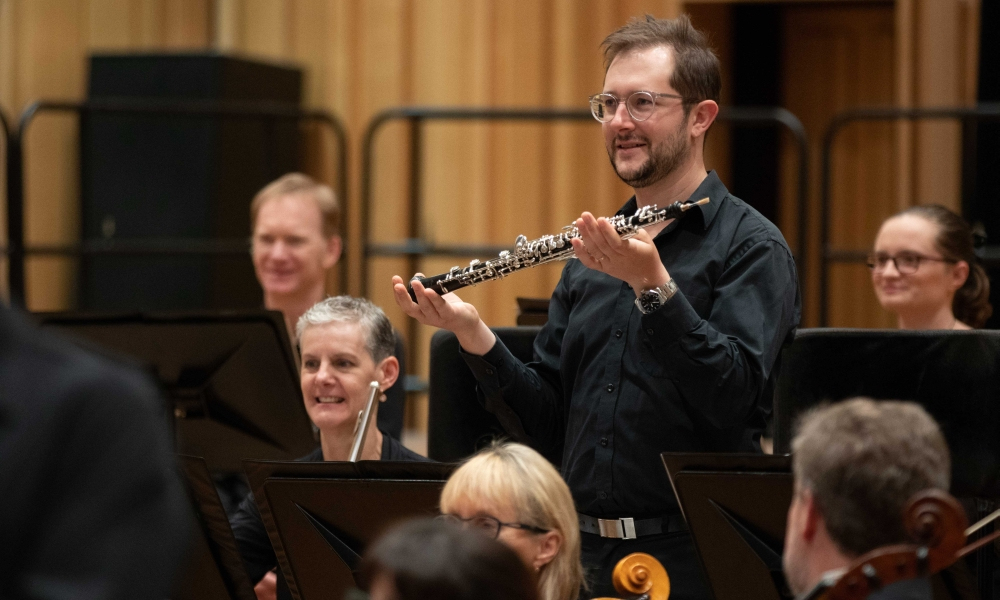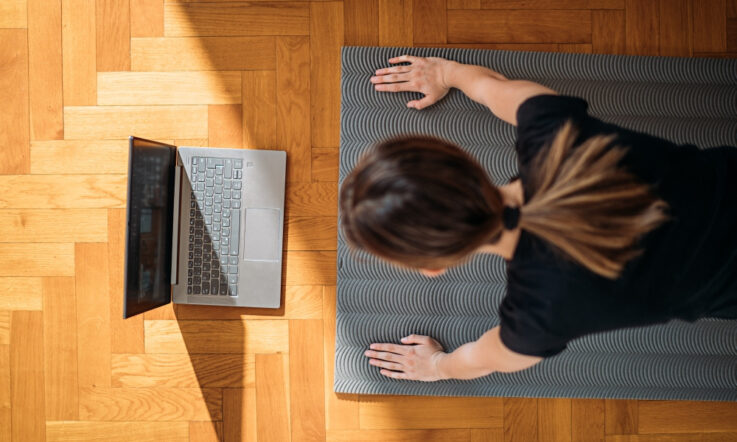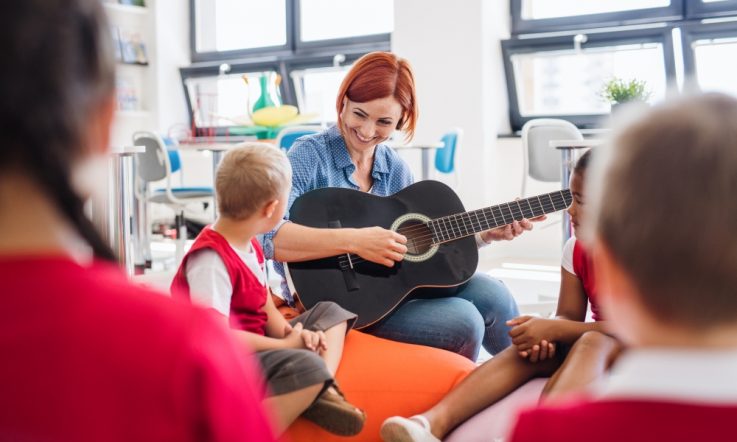In the new normal, specialist teachers have adapted to different ways of delivery and interaction that have drawn on their own experiences, discussions with colleagues and plain old experimentation.
In my opinion, no truer example can be explored than that of the music teacher – skilled in ensemble, choral and classroom mediums of interaction and adept at flexibility and resilience that comes with the craft of being both artisan and educator.
Schools that adapt, led by educators willing to move from the well-trodden paths to a new order of doing things, face great difficulties (Dewey, 2008). In doing the new normal the music educator will be an experimenter, a risk-taker and a groundbreaker. As part of their reflective process, music teachers might consider the value of resources being developed and offered by outside organisations in response to the pandemic restrictions, and existing resources that could be repurposed for online and blended learning.
How does a music educator, in practice, take an ensemble rehearsal online, teach a music concept with an empty classroom, or share a music experience remotely without some difficulty?
Selecting and reviewing the success of resources
When selecting and repurposing external digital resources, it is important to think about their utilisation and review their success. The process of review for teachers is the reflective approach outlined in the Australian Professional Standards for Teachers. In practice, teachers ‘select and use resources' (Standard 3.4), ‘use ICT safely, responsibly and ethically' (Standard 4.5) and they ‘engage with professional teaching networks and the broader community' (Standard 7.4).
I am a Music Teacher at Hymba Yumba Independent School in Ipswich, Queensland. In Term 2, with the likelihood of continuing restrictions on our excursions and incursions I went about creating a virtual excursion for my Prep to Year 6 student in a blended mode – catering for home-schooled students during COVID-19 and those who were required to attend on campus.
The lesson provided a virtual reality look at Queensland Symphony Orchestra (QSO) to allow students to learn about the instruments and engage them with the piece Bolero, composed by Maurice Ravel.
Context
Classroom music and instrumental music is being introduced to the school in a formal way, building on cultural activities and informal exposure to music education. For this lesson, assumptions around prior knowledge and exposure to music were made, whilst embedding Aboriginal and Torres Strait Islander perceptions and adhering to the cross-curriculum priorities within the Australian Curriculum.
Taking on such a large task to organise and deliver a virtual excursion at this time – with, on the one hand, planning from scratch and on the other having the cold hard reality that learning and teaching were required within weeks – decisions had to be made. As a decision maker (and essentially teachers are decision makers par excellence) my instincts, built on decades within the community arts, told me loud and clear to partner and use my networks, rather than reinvent the wheel.
Digital resources and the notion of a virtual excursion
There are a range of places and venues that offer virtual excursions – everything from feeding times at zoos, to guided tours at museums. As a former instrumental music teacher, I had participated with the QSO in professional development and regional enrichment programs and had built networks amongst administrators and performers. Working with the orchestra I was given a memory stick of resources and became aware of a website where I could find an app for an inside virtual reality tour of the orchestra in the performance of Ravel's Bolero.
All students attending on campus on those studying at home had an iPad. I used a YouTube video about the QSO (Queensland Symphony Orchestra, 2013) and its In the Music Bolero iPad (which we downloaded from iTunes), complete with a pretend bus trip to get to our destination.
We can never underestimate the potential for learning that comes from the use of digital resources. As a ‘digital immigrant', I question the value of gaming, dance apps and social media and wander the house looking for a teenager to change my mobile phone settings. ‘Digital natives', on the other hand, are embedded in the digital world (Prensky, 2001) and relish any opportunity to watch a social media video or open an application on a device.
So here it was – the old and the new, the home schoolers and the on-campus learners, a few chairs and a touchscreen television.
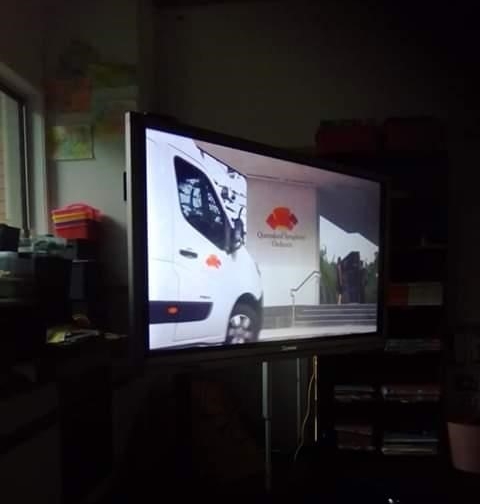
[Our pretend bus arrives at its virtual destination. Image: Supplied].
The wheels on the bus
What a buzz, when we boarded our pretend bus, seated in rows with students breaking out in song “the wheels on the bus go round and round, round and round, round and round, the wheels on the bus go…” Reaching our virtual destination, I was able to play a video of the QSO, made when they arrived at their new home in Southbank in 2012, where they performed Bolero to a public gathering. With a view to creating an authentic experience, and with the hope we might go to a concert one day in the future, I used iPads as virtual tickets and the iPad trolley as a ‘ticket booth': ‘iPad 36, or should I say ticket 36 … ticket 37 … ticket 38 ...', well, you get the picture.
The In the Music app allows an insider view of the orchestra with orchestra members explaining their instrument and role within the performance of Bolero. Students can move their devices around to look at the orchestra from different angles; they can get up and walk around with the iPad.
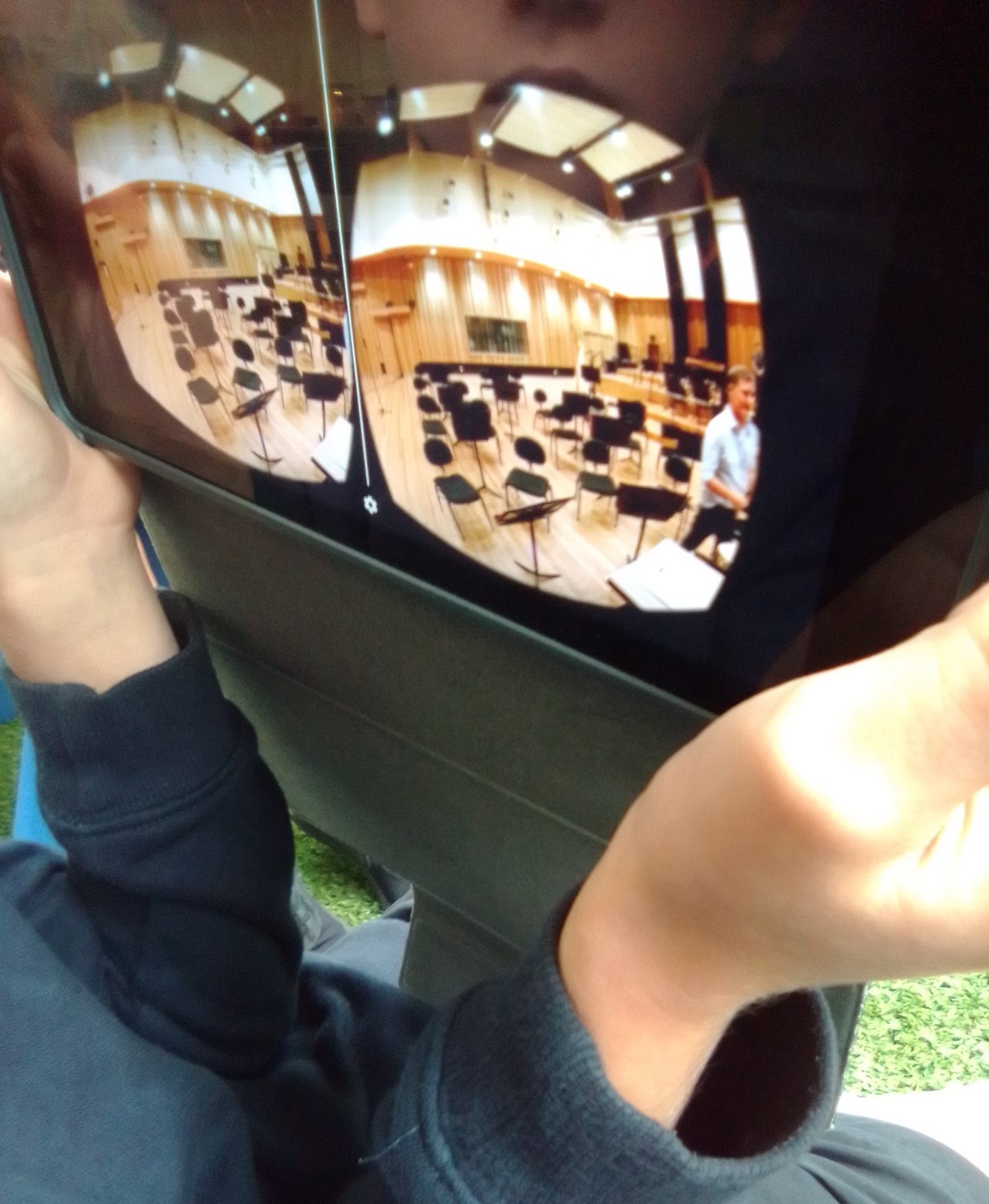
Students working from home were included through use of a classroom sharing activity platform. At Hymba Yumba Independent School the platform used in primary school is Class Dojo. By including the link to the In The Music app and the YouTube video on Class Dojo parents, students and other teachers could participate at home.
Of course, an app on an iPad is not the same as the real thing. However, as an education tool it enhances inquiry, allows for independent work and facilitates role play. As a teacher, I put in practice a growth mindset (Dweck, 2008) attitude. I turned a negative (the QSO can't come to our school and our students are not all here) into a positive (I can involve all students at home or on campus and play to their strengths as digital natives in a fun and inclusive way).
References
Dewey. J. (1986). Experience and Education. The Educational Forum, 50(3), 241-252. doi:10.1080/00131728609335764
Dweck, C. S. (2008) Mindset: The new psychology of success Ballantine Books.
Prensky, M. (2001). Digital Natives, Digital Immigrants Part 1. On the Horizon, 9(5). 1-6. doi:10.1108/10748120110424816
Queensland Symphony Orchestra (2013, February 10). Building Bolero – The Queensland Symphony Orchestra Moves to Southbank [Video file] YouTube. https://www.youtube.com/watch?v=xn7CYzPMf2o
In this article, David Pullen says when designing the virtual excursion he decided to partner and use his existing networks rather than ‘reinvent the wheel’. As a teacher, how can you make better use of existing school partnerships or your own professional networks?
How do you go about selecting new external resources and programs for your teaching? Are there resources you already have access to that could be adapted or used as a starting point?
